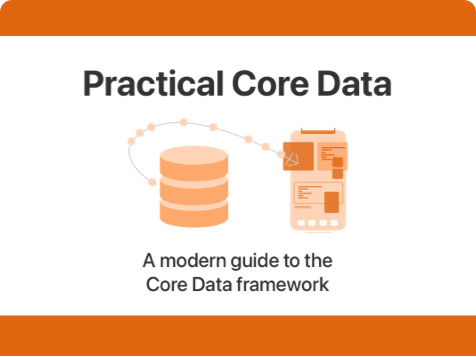If you’re keen on reading about what’s new in Swift or learn about all the cool things that are coming up, you’re probably following several folks in the iOS community that keep track and tell you about all the new things. But what if you read about an upcoming Swift feature that you’d like to […]
Read post
Subscribe to my newsletter and never miss a post
Recent articles
Jump to a random postWhen you start learning about actors in Swift, you’ll find that explanations will always contain something along the lines of “Actors protect shared mutable state by making sure the actor only does one thing at a time”. As a single sentence summary of actors, this is great but it misses an important nuance. While it’s […]
Read postOn of app development’s largest downsides (in my opinion) is that it’s frustratingly hard for developers to quickly iterate on an app’s core features due to the App Review process which can take anywhere between a few hours to a few days. As a result of this process, developers either need to ship their apps […]
Read postIt’s common for developers to leverage protocols as a means to model and abstract dependencies. Usually this works perfectly well and there’s really no reason to try and pretend that there’s any issue with this approach that warrants an immediate switch to something else. However, protocols are not the only way that we can model […]
Read postA while ago I’ve published a post that explains how you can use AsyncStream to build your own asynchronous sequences in Swift Concurrency. Since writing that post, a new approach to creating AsyncStream objects has been introduced to allow for more convenience stream building. In this post, I’ll expand on what we’ve already covered in […]
Read postWhen you work with CI, you’ll know how frustrating it can be when a CI server has versions of Xcode or other tools installed than the tools that you’re using. Especially major Xcode releases can be problematic. If your CI doesn’t have the same new versions available while your project uses recently released features which […]
Read postThe long awaited iOS 17.4 and iPadOS 17.4 have just been released which means that we could slowly but surely start seeing alternative app stores to appear if you’re an EU iOS user. Alongside the 17.4 releases Apple has made Xcode 15.3 and Swift 5.10 available. There’s not a huge number of proposals included in […]
Read postWhen you’re decoding JSON, you’ll run into situations where you’ll have to decode dates every once in a while. Most commonly you’ll probably be dealing with dates that conform to the ISO-8601 standard but there’s also a good chance that you’ll have to deal with different date formats. In this post, we’ll take a look […]
Read postWhen Swift 2.0 added the throws keyword to the language, folks were somewhat divided on its usefulness. Some people preferred designing their APIs with an (at the time) unofficial implementation of the Result type because that worked with both regular and callback based functions. However, the language feature got adopted and a new complaint came […]
Read postNote: This is an updated post for Swift 6.2. For a full overview on how Swfift 6.2 has changed where your code runs, take a look at this overview of Swift 6.2 features. Swift’s current concurrency model leverages tasks to encapsulate the asynchronous work that you’d like to perform. I wrote about the different kinds […]
Read postExpand your learning with my books

Learn everything you need to know about Core Data and how you can use it in your projects with Practical Core Data. It contains:
- Twelve chapters worth of content.
- Sample projects for both SwiftUI and UIKit.
- Free updates for future iOS versions.
The book is available as a digital download for just $39.99!
Learn more